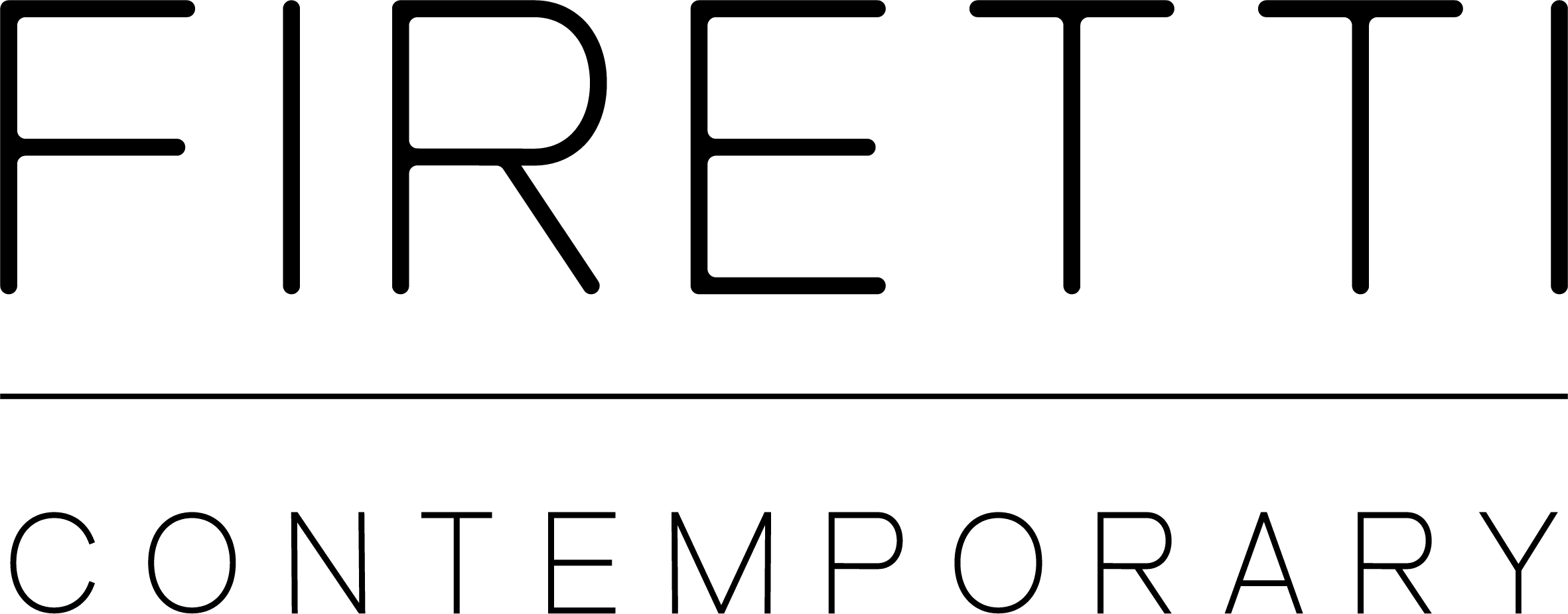Born in 1987 in London, Irvin Pascal was already filling entire sketchbooks while still in school. Since then, his obsession with art has completely taken hold. Portrait painting was his first passion; he drew inspiration from masters of the genre, like British painter Lucian Freud. But after successfully completing a Bachelor’s degree in Architecture, Pascal initially pursued an entirely different interest: boxing. Pascal was a professional boxer until an injury forced him to retire from the ring. Outside the ring, however, he continued using artistic means to process his experiences. Finally, in 2017 he completed an M.F.A. at University of Brighton. Meanwhile, his art has taken a different direction. When Pascal paints portraits today they have a symbolic character and a different visual language. Among his artistic influences, Pascal has also named Abstract Expressionists, as well as figures associated with the School of London and Young British Artists. He thus draws inspiration from an enormously broad range of figurative and abstract painting styles, as well as new-media art. Music is an additional significant source of inspiration to him. Fela Kuti and Bob Marley, but also Skepta, Drake, and even contemporary pop songs find their way into Pascal’s work.
Impulses from extremely diverse artistic directions can thus be recognized in Pascal’s approach. This is one reason why his art wilfully blurs classic boundaries between genres and art forms. Aiming to dissolve the traditional division between painting and sculpture, Pascal has even developed his own material: Pascollar. It can be formed like clay or plaster, but it surpasses these materials in stability, durability, and value. Furthermore, unlike metal, which is subject to the influence of a foundry, Pascollar is shaped by the artist’s hand alone. Pascal’s sculptures have their own ‘signature style’, akin to the individual brushstrokes on a painting that reveal the identity of the master. The versatility of Pascollar is even demonstrated in the medium of painting. He thus ultimately opens a new dialogue between his two and three-dimensional works.
Pascal’s intensive labour on – and with – Pascollar clearly demonstrates the significance of material and structure in his art. They are just as crucial to its aesthetic as the content it depicts, Pascal makes use of a unique stylistic mix of both Pop and traditions thought of as characteristic of African or tribal art. There is, however, always a playful element in all of this. Pascal reaches the viewer with his wry humour. But because it is delivered hand in hand with serious themes, it is bittersweet. This kind of confrontation catches the viewer off-guard, and inevitably provokes reflection.
Pascal is one of the Bloomberg New Contemporaries for 2017. Recent exhibitions include Praxis of Change at Firetti Contemporary, Dubai (2021), NFT | IRL at Firetti Contmeporary, Dubai (2021), Bloomberg New Contemporaries, Block 336, London (2018) and BALTIC Centre For Contemporary Art, Newcastle (2017); PIAF, Copeland Gallery, London (2017);
The Long Count, Von Goetz Art, London (2017); Atkinson Gallery, Somerset (2018); and BHM, Latham Watkins, London (2017). The artist’s work is also included in collections such as Latham Watkins LLP.

